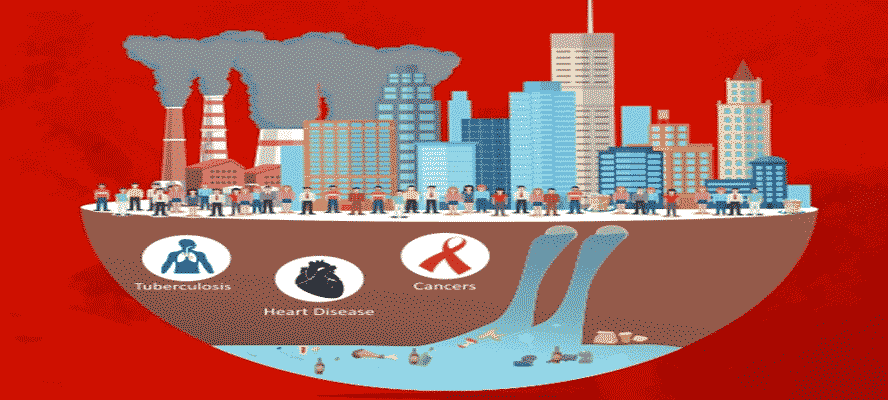Saffron for Courage, White for Peace and Green for Prosperity… shouldn’t the virtues signified by our Tiranga percolate into our daily lives too, especially pertaining to our health? Courage to undergo that testing and confront head-on whatever may come, Peace of mind after gaining an insight into our overall health status and prosperity in life with the assurance of good health. But can we say with supreme confidence that these expectations which are also the rights of each citizen are being fulfilled in our Country? There are certain diseases and health conditions that are more prevalent in India than other nations. This is due to a variety of factors which include social, economic and financial issues. These issues are responsible for several diseases and/or health conditions to prominently rise in our nation. A big step towards addressing these issues is more important than ever to achieve good health of our citizens. BASIC SANITATION is also major cause of diseases.








